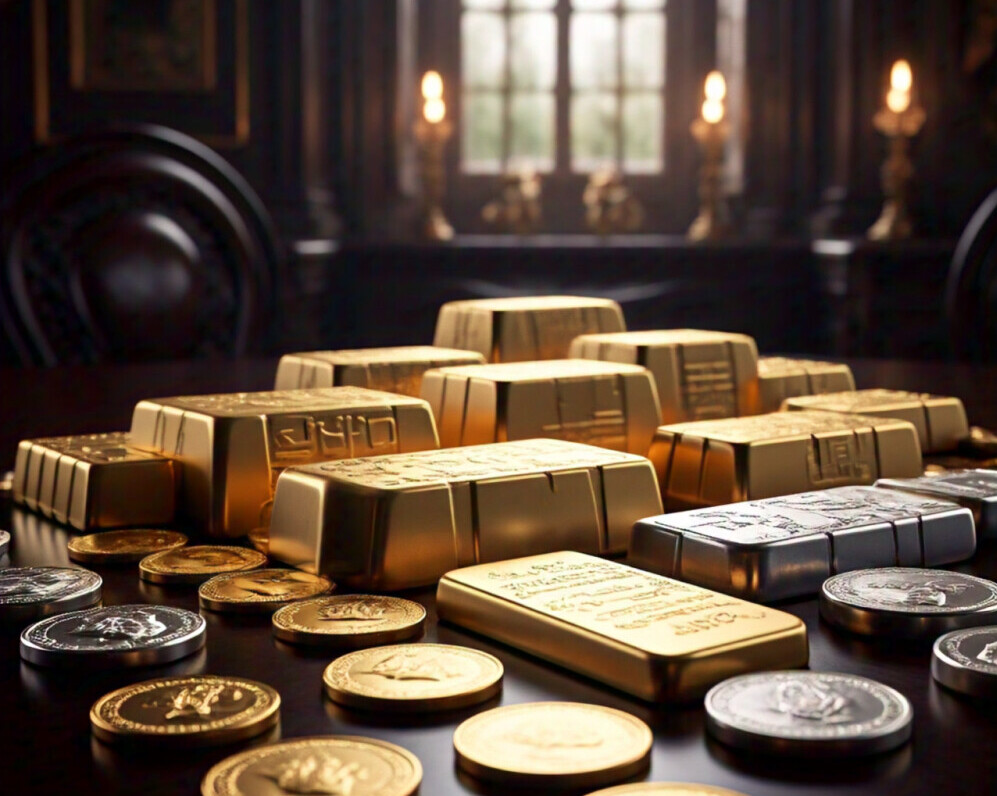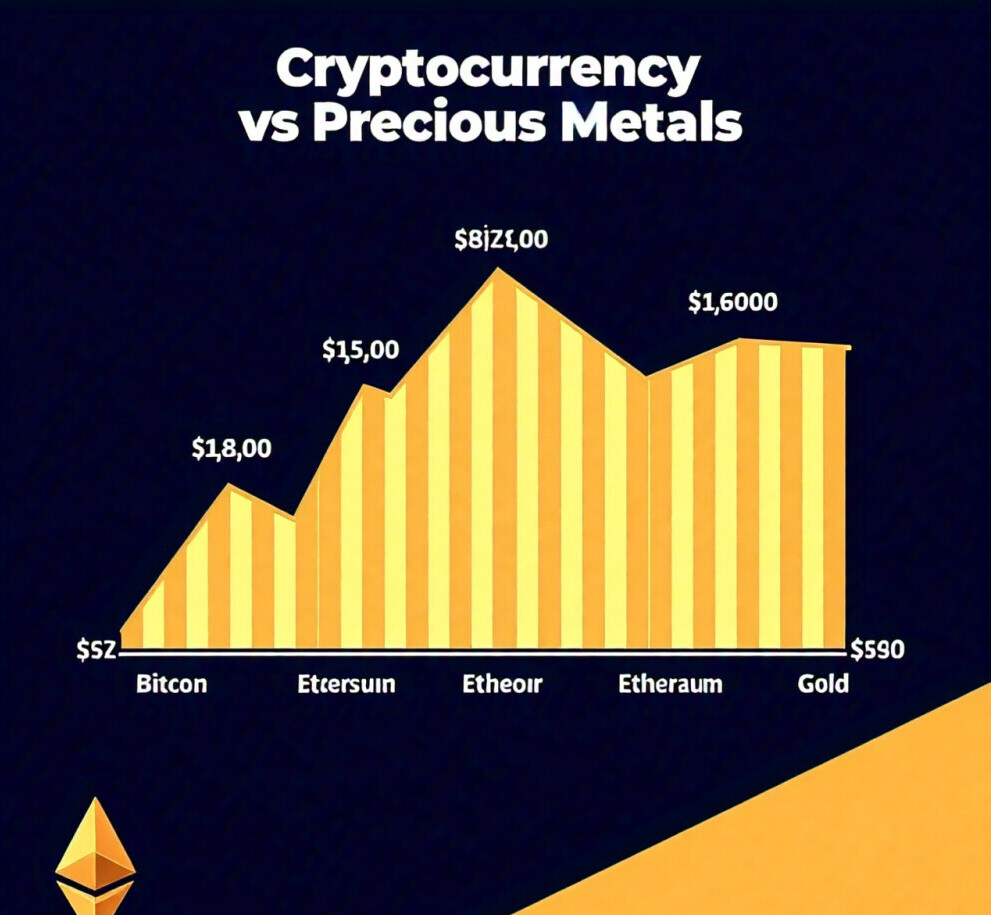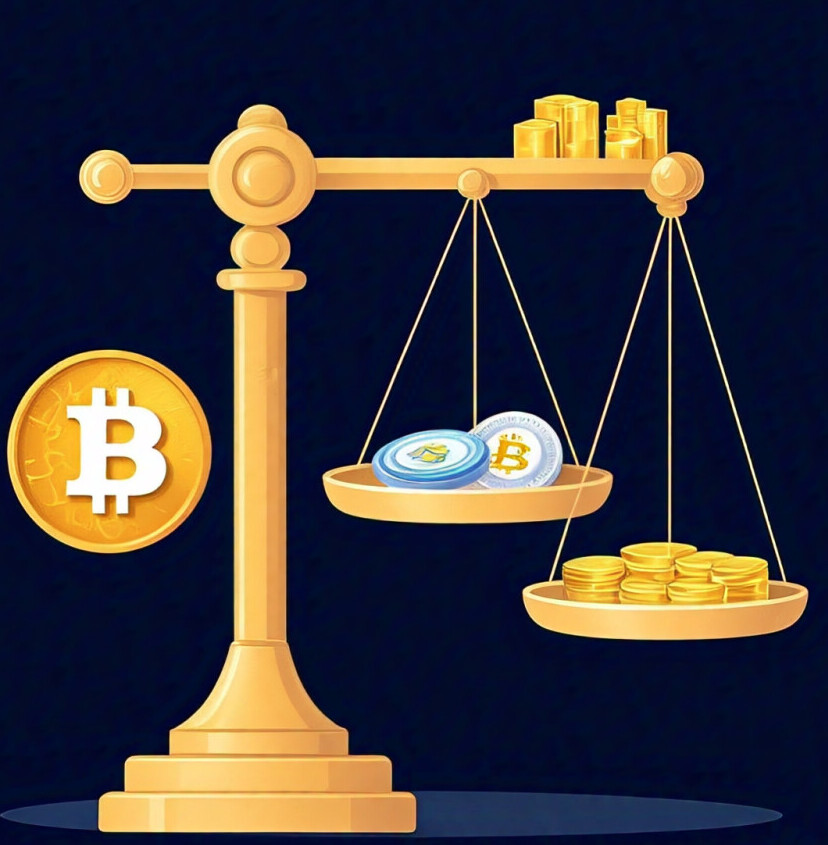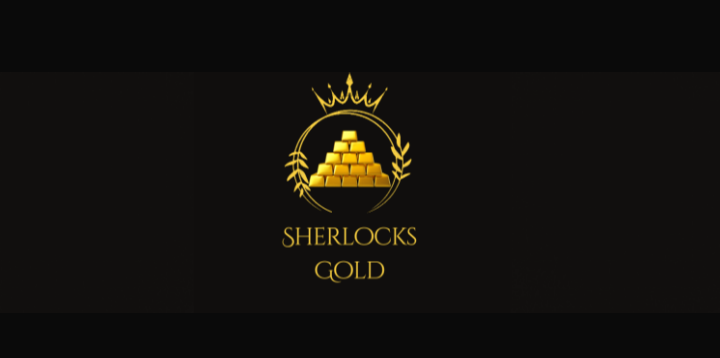 Precious metals, particularly gold and silver, have a rich history as symbols of wealth and stability. These aren’t just shiny objects to be admired; they’ve been integral to economies across centuries. Think of them as the old-school backbone of finance, bringing strength and longevity to markets since, well, forever.
Precious metals, particularly gold and silver, have a rich history as symbols of wealth and stability. These aren’t just shiny objects to be admired; they’ve been integral to economies across centuries. Think of them as the old-school backbone of finance, bringing strength and longevity to markets since, well, forever.
Now, when it comes to precious metals as currency, their role has evolved significantly. Once upon a time, coins made of silver and gold were the primary means of trade. Fast forward to today, they’ve transitioned from the hands to the vaults as investment assets, often considered a safe harbor during economic turbulence. In times of political upheaval or financial instability, there’s a reliable rush to these metals. It’s like global markets hit the panic button, and gold and silver light up like the proverbial Bat-Signal.
Speaking of the modern financial landscape, it’s been reshaped by globalization, technological advancement, and diverse market demands. This transformation challenges precious metals to maintain their allure in a world that increasingly values digital solutions and speedy transactions. But here’s the kicker: despite facing new competition in the form of digital currencies, the demand for precious metals persists due to their tangible nature and historical track record of preserving purchasing power.
As the economic climate constantly evolves, the need to understand the true value and potential role of precious metals in your investment portfolio becomes even more essential. Whether you’re a seasoned investor or just curious about where to stash your cash safely, the shifting dynamics make this topic all the more vital to grasp.
The Rise of Cryptocurrency: Disrupting Traditional Assets

Cryptocurrency has taken the financial world by storm, flipping the script on what we all thought was possible with money. These digital assets have redefined how transactions are done, breaking free from banks and middlemen. Yeah, we’re talking about Bitcoin, Ethereum, and a host of other cryptocurrencies changing the game.
So, how do precious metals stack up against these digital powerhouses? Well, cryptocurrencies are notorious for their wild price swings, which can happen faster than you can say “blockchain.” In contrast, precious metals like gold and silver have historically offered more stability. This volatility creates opportunities and headaches, depending on how much you enjoy riding financial roller coasters.
Contrasting with the speed and novelty of crypto, gold and silver bring something different to the table—time-tested value coupled with real-world presence. For many investors, the tangible nature of metals is like having a security blanket or an anchor when navigating uncertain waters. Still, cryptocurrencies appeal to those with a taste for innovation and the potential thrill of high returns.
The battle between digital and traditional assets isn’t just about performance; it’s fundamentally altering investment strategies. Crypto introduces concepts such as decentralized finance and smart contracts, offering alternatives unavailable in traditional markets. Meanwhile, gold and silver keep reassuring those who believe in holding an asset with a track record of shielding from inflation and currency devaluation.
In this rapidly evolving landscape, your investment choices depend heavily on your appetite for risk and what you trust to hold value. Whether captivated by the revolutionary charm of crypto or the enduring allure of precious metals, understanding both can help you decide where to place your bets.
Gold and Silver’s Strategic Position in a Digital Era
Gold and silver might seem a bit out of place in today’s flashy digital world, but their roles remain strong and significant. Besides their intrinsic worth, gold and silver offer something unique—a steadfast assurance during market unpredictability. While cryptos like to show off with dramatic price leaps, gold sits patiently, holding its value like an expert tightrope walker, balancing economic ups and downs without a wobble.
Silver comes into its own with its utility in everyday gadgets and technology. From smartphones to solar panels, silver’s utility goes beyond coins and bars. Its industrial demand adds a layer of intrigue for investors seeking exposure not just to a tangible asset, but also to sectors embedded in our technological future.
Why do investors keep turning to these metals when cryptocurrencies appear so enticing? Generally, it’s all about risk management. Gold has a track record of surviving economic collapses, wars, and even changes in major currencies—it’s like the veteran player in the investment game that knows all the tricks. As for silver, its attractive price point compared to gold makes it accessible, yet valuable enough to act as a safeguard.
Moreover, history has shown that despite economic, technological, or social revolutions, gold and silver have a knack for maintaining their allure, especially when inflation threatens to erode cash value. Sure, digital currencies bring innovation and buzz, but gold and silver offer the comfort of an old pick-up truck that always starts, no matter how cold the morning.
For anyone navigating this uncertain economic era, these precious metals provide options that embrace both caution and opportunity. Whether combined into a diversified portfolio or held as a straightforward safety net, gold and silver offer strategic avenues worth exploring.
Synergies and Conflicts: Precious Metals Versus Crypto

In a world where both precious metals and digital currencies vie for investor attention, you might wonder: are they allies or adversaries? Turns out, it’s a bit of both. Blockchain technology, which underpins cryptocurrencies, isn’t an enemy to metals like gold and silver. Instead, it can potentially enhance how these age-old assets are traded, bringing more transparency and efficiency to the marketplace.
That said, the spotlight often shines brighter on how crypto challenges precious metals. For instance, digital coins enjoy the ease of transferability across borders, giving them an edge in today’s fast-paced, globalized economy. Meanwhile, gold’s physicality means it can’t match that speed, but it does offer the reassurance of tangibility—something digital assets will never have in their corner.
The clash really emerges in the perceptions around risk and security. Cryptocurrencies are, without doubt, exciting but can be fraught with uncertainties, from regulatory shifts to the threat of a sudden market crash. In contrast, gold and silver are perceived as more traditional safe havens, attracting investors who prioritize security over quick gains.
But how about a mix of both worlds? That’s a trend picking up steam. By combining traditional assets like metals with the digital zip of cryptocurrencies, investors aim to harness the best of both worlds—reliable stability blended with a dash of innovation. These hybrid portfolios might just offer a balanced approach to generation potential while offsetting some of that inherent market risk.
Ultimately, whether investors lean towards the cold, hard weight of a metal bar or the code of a digital wallet, it boils down to individual strategy and outlook. As more financial products and solutions emerge, viewing them not as competitors but as complementary offerings could lead to more nuanced and diversified investment opportunities.
The Future Outlook: Navigating an Uncertain Investment Horizon

Peering into the future, the financial landscape is more of a kaleidoscope than a crystal ball. Digital currencies continue to grow in traction and acceptance, but precious metals like gold and silver aren’t fading into the background. Rather, they sit with a foot in tradition and an eye on what’s ahead.
Experts suggest a continued role for these metals in diversified portfolios. While digital assets promise innovation, precious metals offer tried and true resilience. It’s like mixing the old with the new—balancing between a classic rock and a jazz improvisation. Some see them as backup plans; others as core holdings that can adapt and evolve with market trends.
Emerging markets and technologies might set the stage for how metal plays out in global finance. Initiatives aiming to digitize gold—creating blockchain-based gold exchanges, for instance—open avenues for blend-shifting strategies and novel investment vehicles.
To navigate these waters wisely, investors can look at both current trends and historical insights. It’s essential to weigh the risks and rewards of differing asset classes while keeping an eye on global economic indicators that could shift the balance.
So here’s the play: maintaining a flexible approach could offer financial benefits. Staying informed, evaluating one’s risk tolerance, and being open to new ways of engaging with these markets is essential. With the right mix of strategy and intuition, both digital currencies and tangible metals can be part of a rewarding investment journey. To get started saving in precious metals on auto save go to Quicksilver.me , and to get precious metals at cost got to At Cost Metals and get started today!
